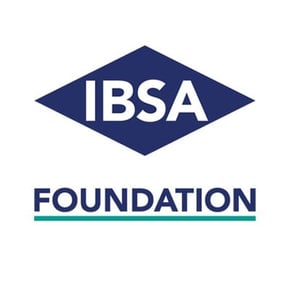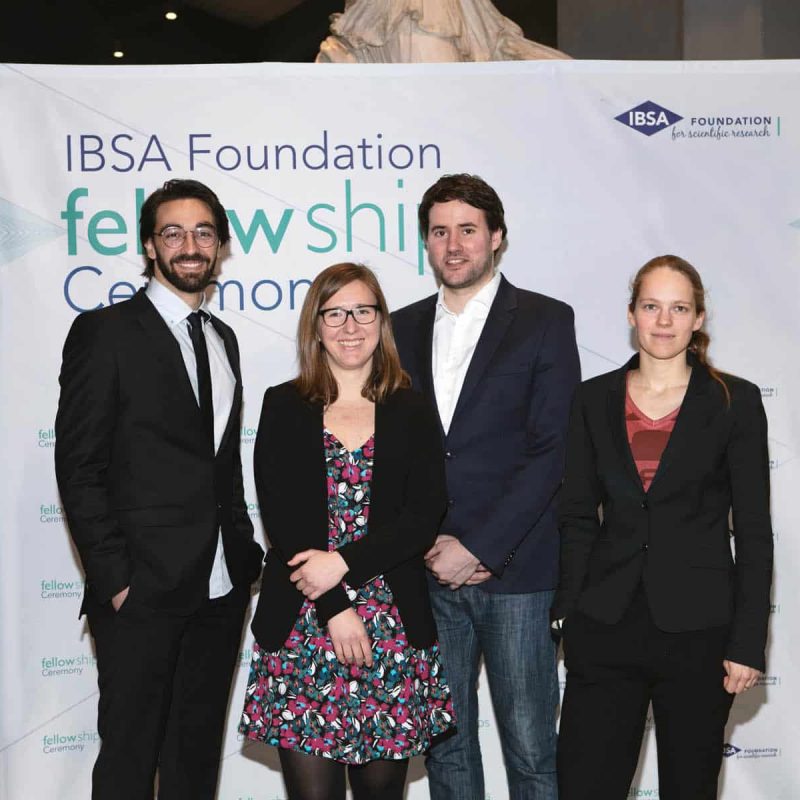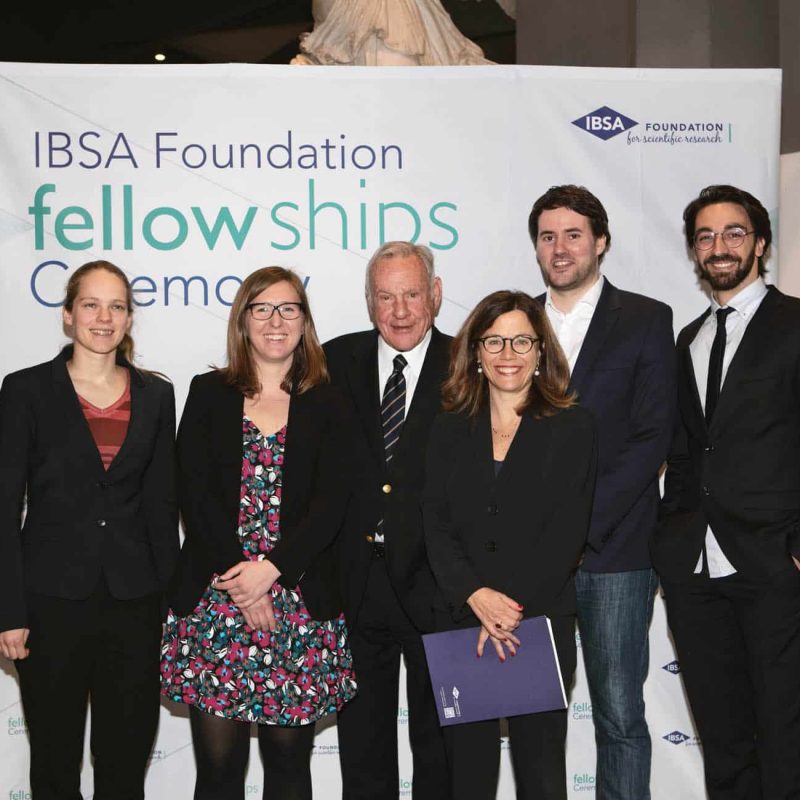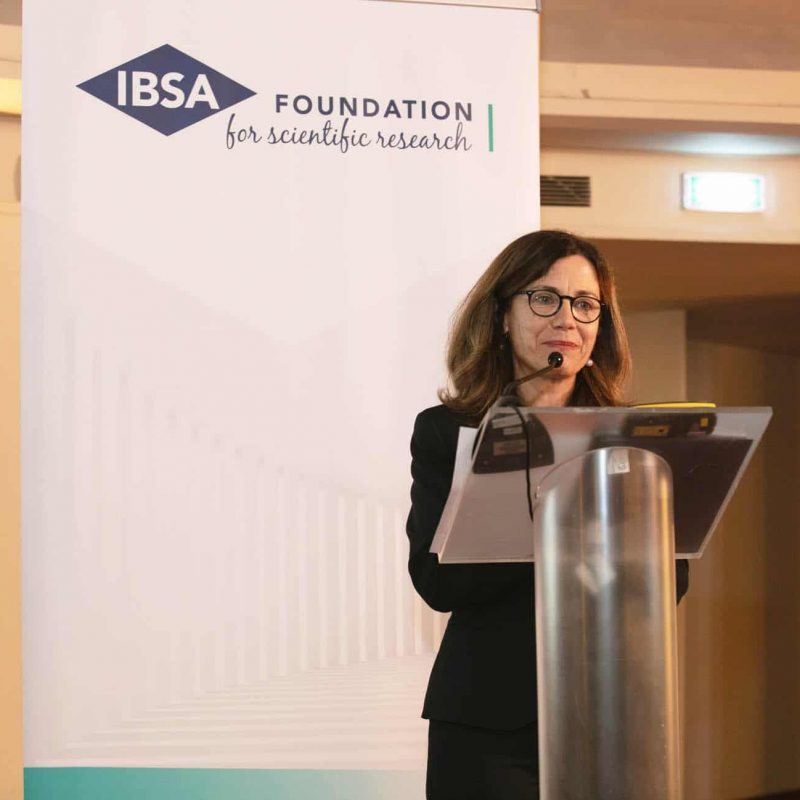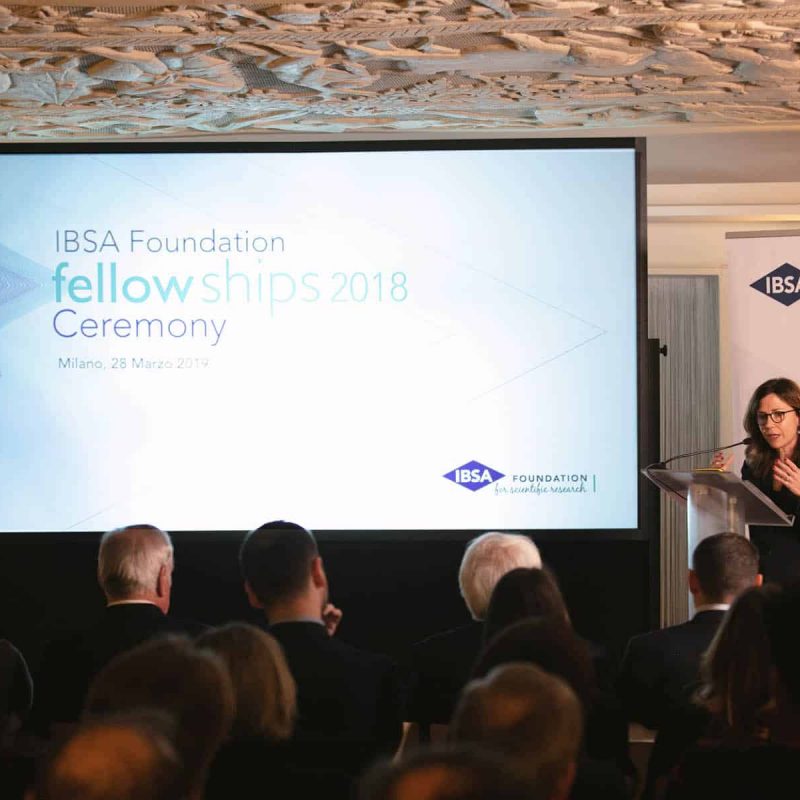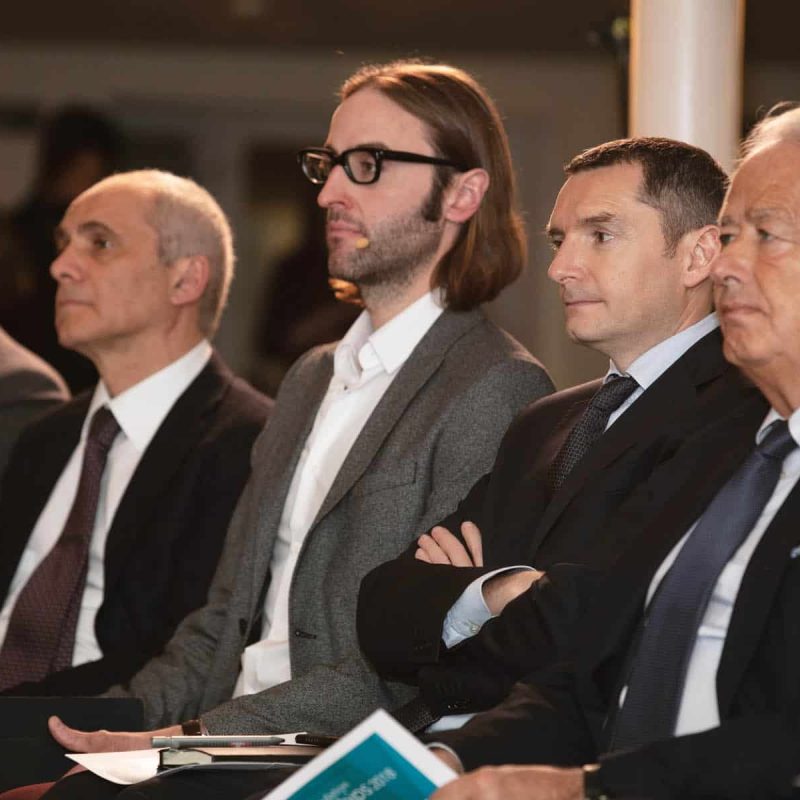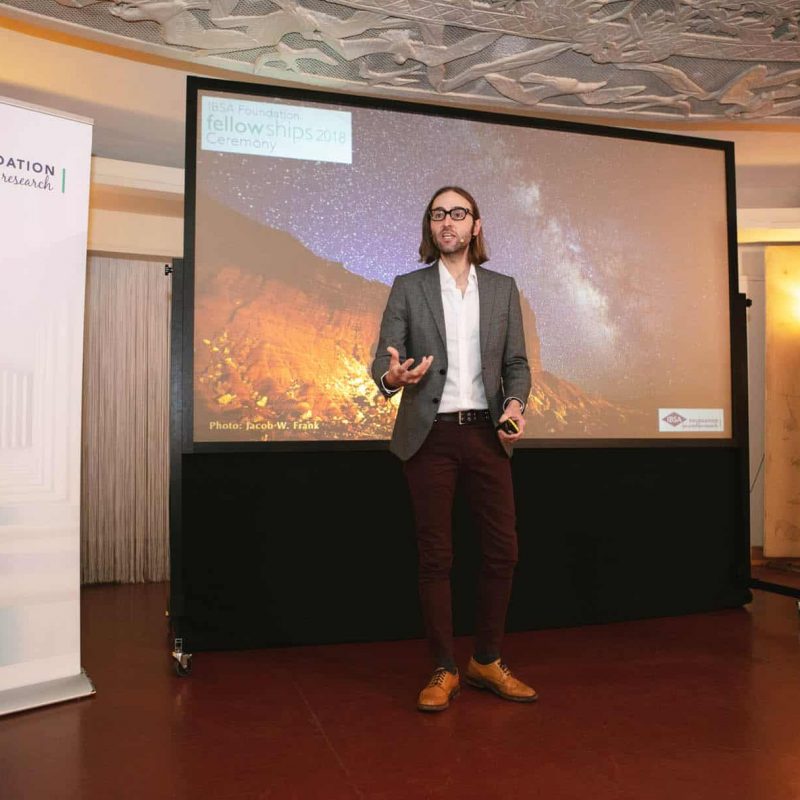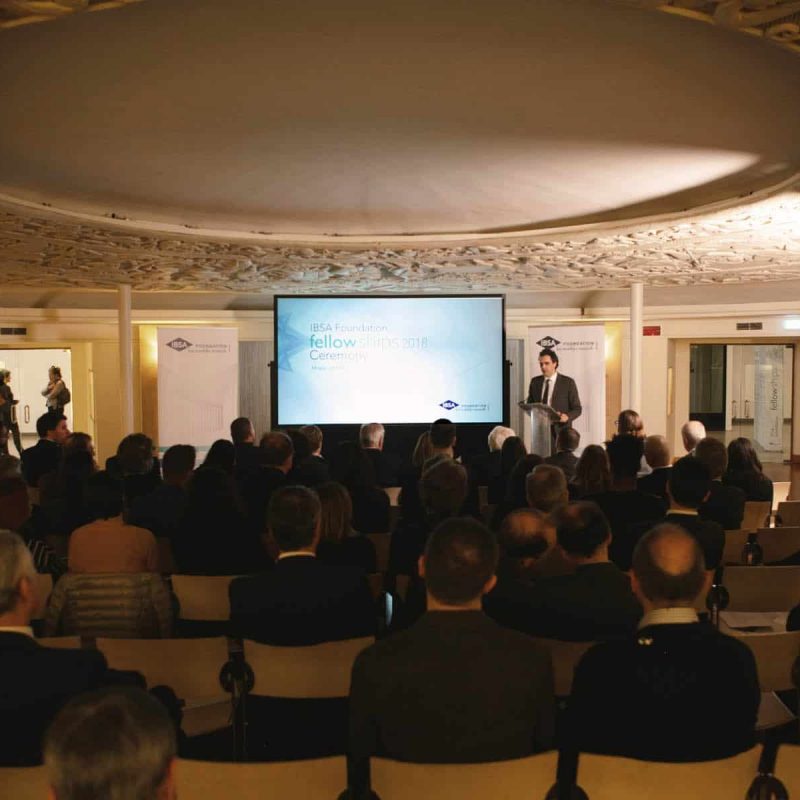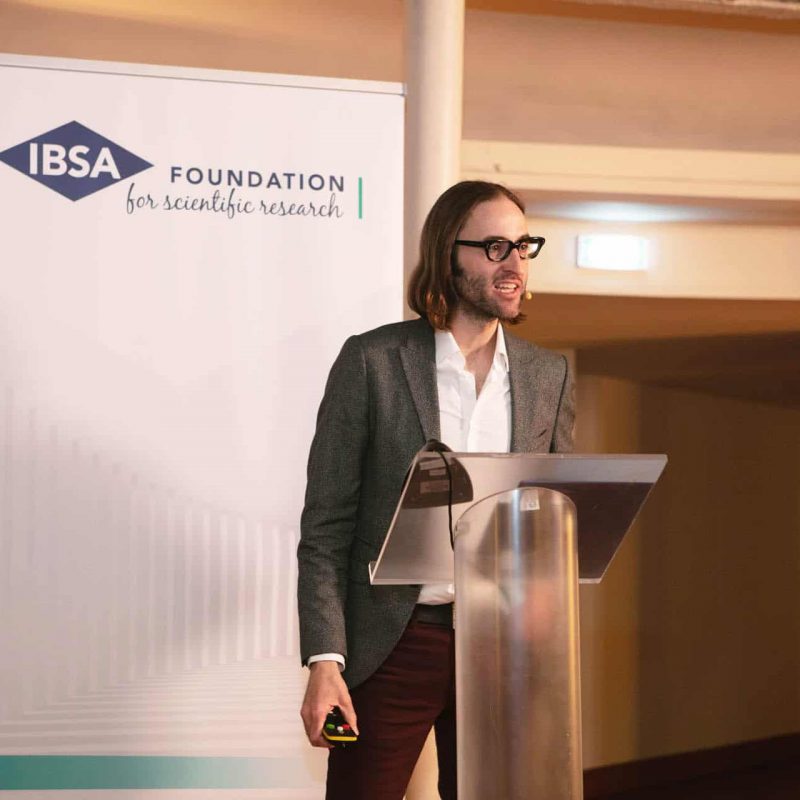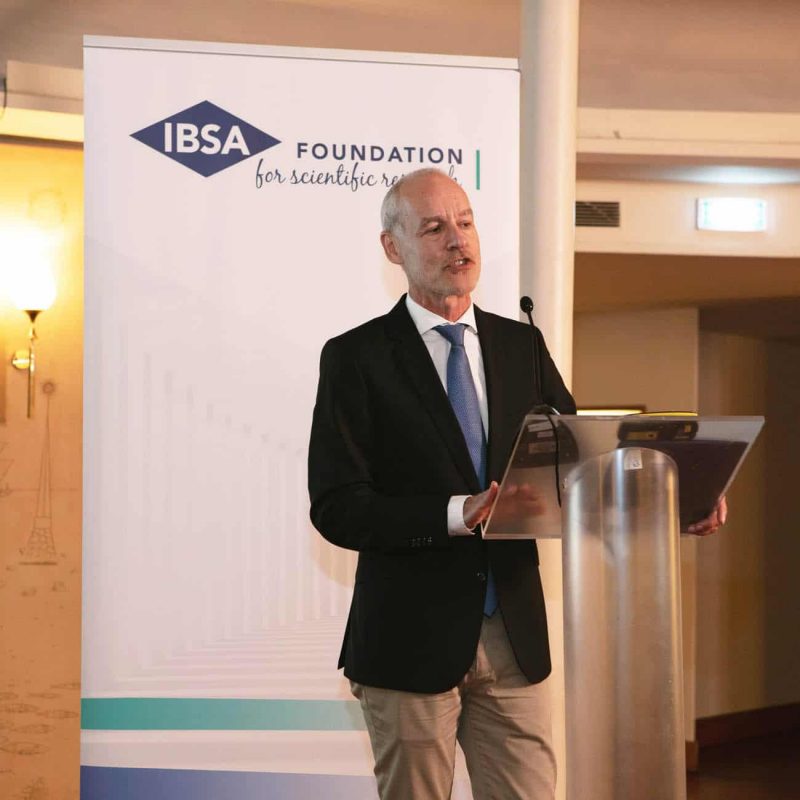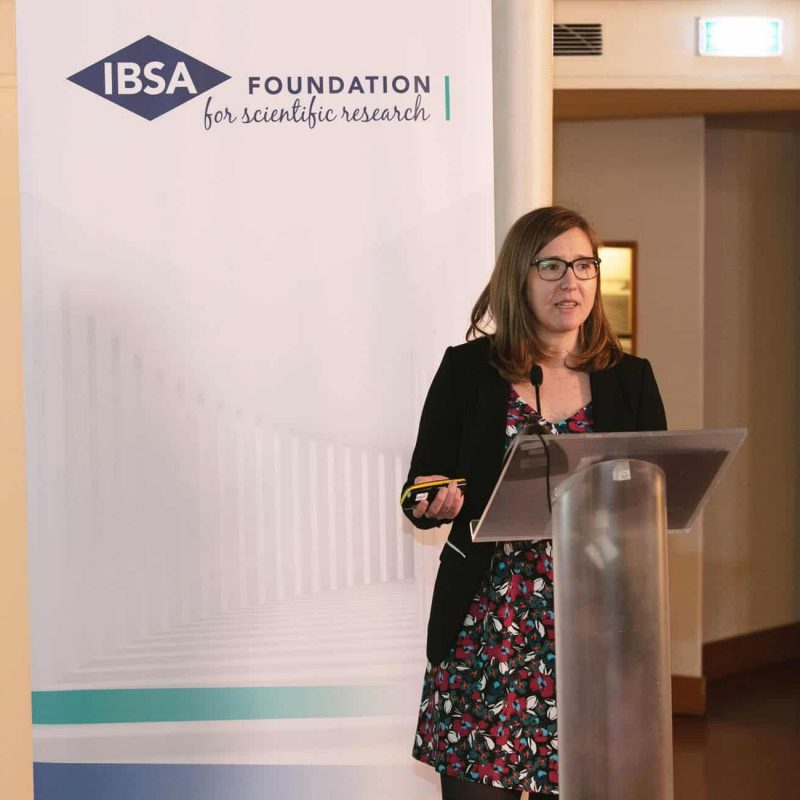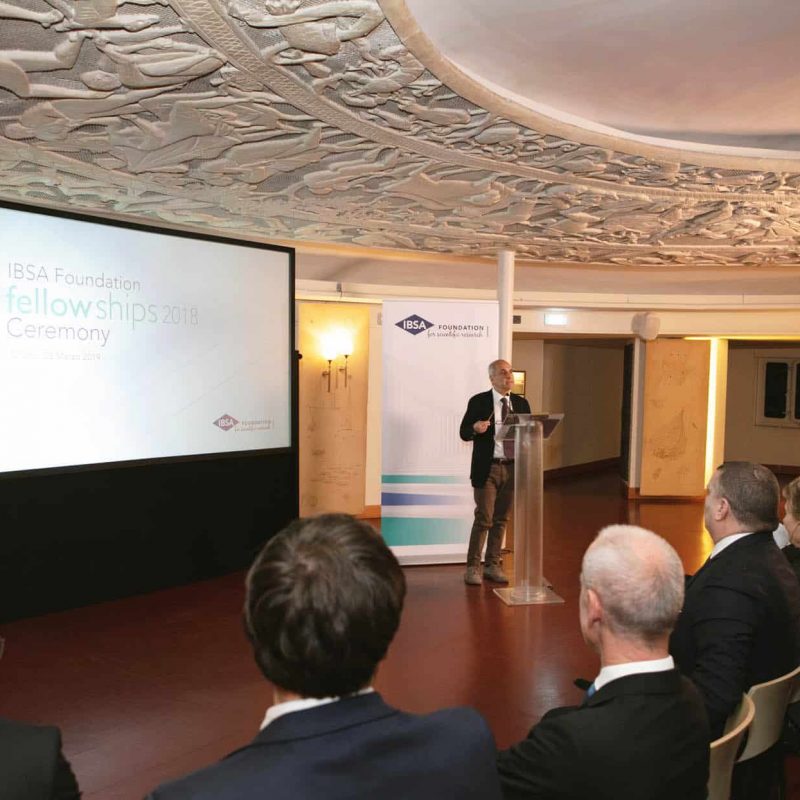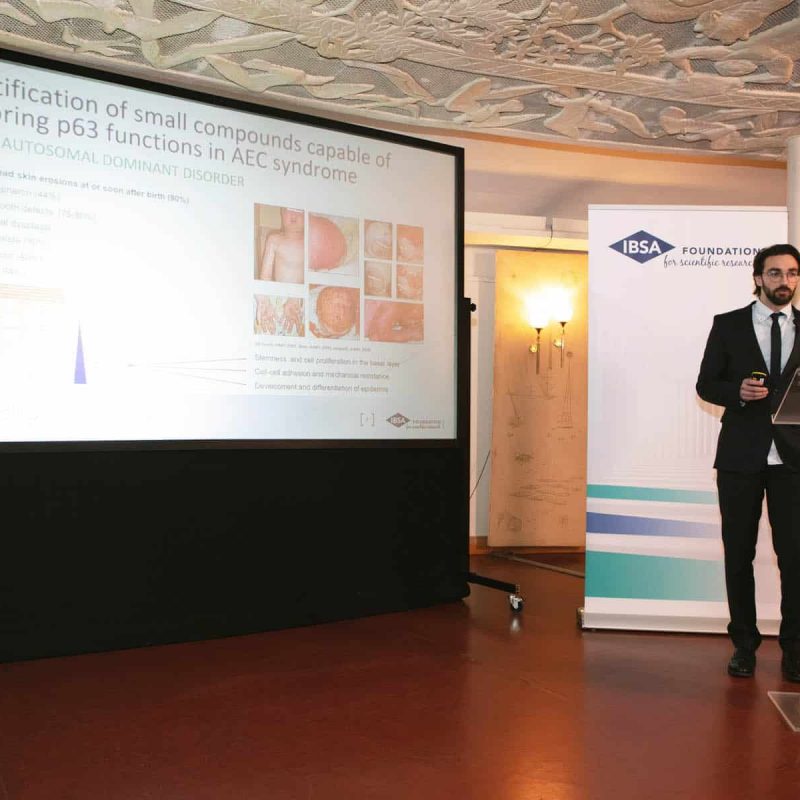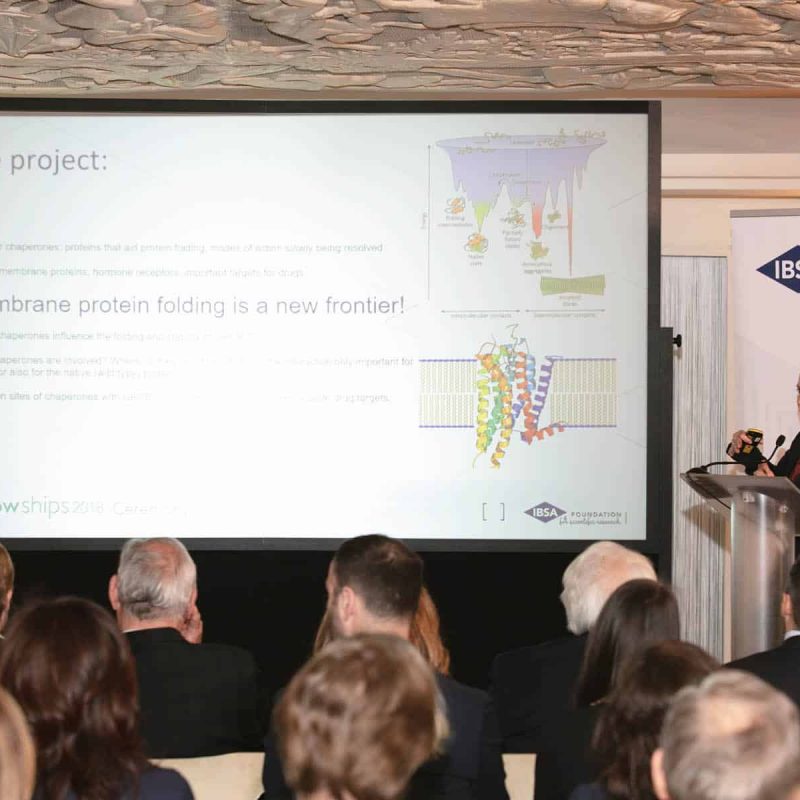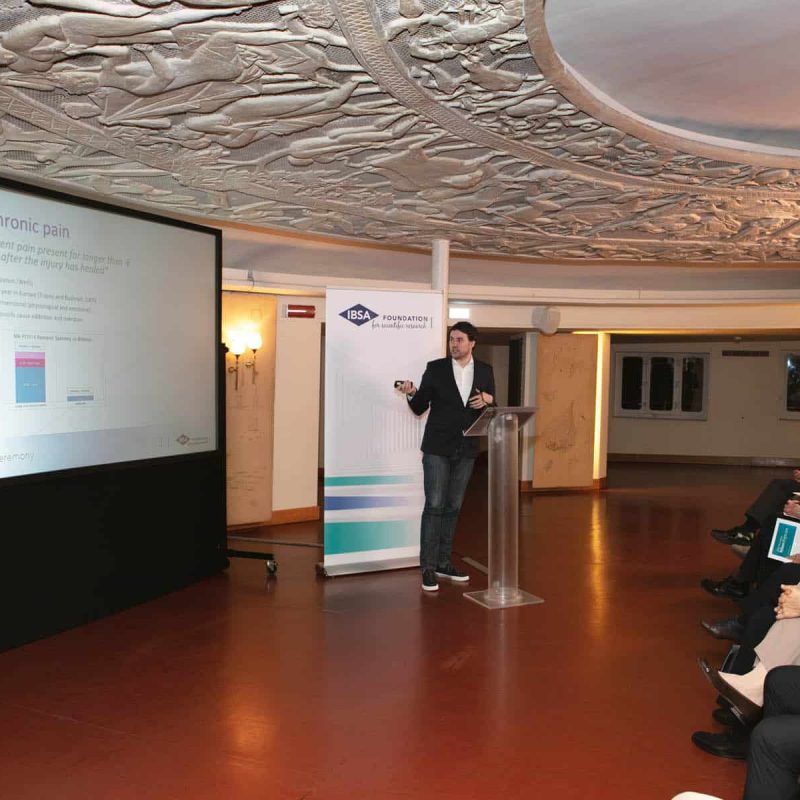Each young scientist received a fellowship for 30,000 euros to carry out their research projects. During the prize-giving ceremony, Mr. Arturo Licenziati, President and CEO of IBSA, stated, “We are aware of the difficulties faced by young people: they don’t have any support, any help. To support them is a moral duty. Our Foundation was created in order to contribute to offering young researchers real opportunities to carry out their work”.
Guest of honor at the event was the US physicist James Beacham (CERN, Geneva), who brought his testimony as a researcher and addressed the winners, telling them, “Your mission is to understand why these diseases arise and to offer hope that one day they can be cured”.
Winners
DERMATOLOGY: STEFANO SOL
Harvard Medical School – United States of America
Project: Identification of small compounds capable of restoring the functions of the p63 gene in Hay-Wells syndrome
Hay-Wells syndrome is a form of ectodermal dysplasia caused by mutations of the p63 gene, the most common symptoms of which are the presence of extensive skin erosions that can cause infections, scarring and hair loss.
Up to now conventional treatments have only be preventive or palliative, therefore postnatal therapeutic strategies are preferable and represent the ultimate objective of this research project: we aim to identify small molecules capable of restoring the physiological function of the p63 gene through the partial or complete resolution of the molecular clusters that the mutant protein tends to form inside the cradle.
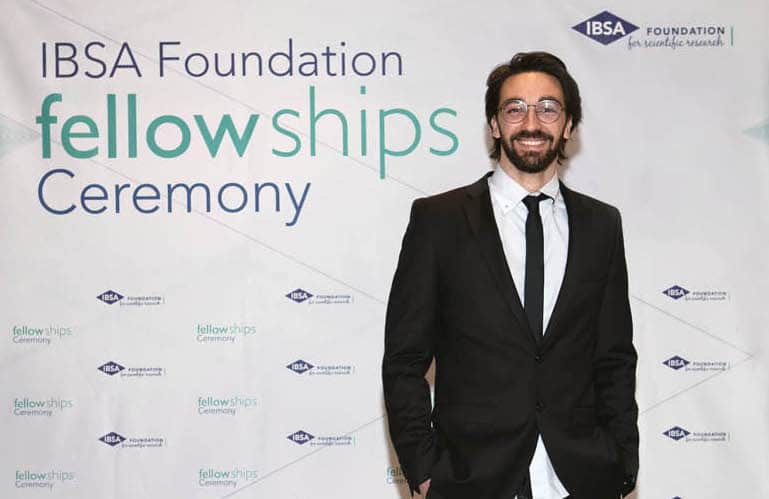
ENDOCRINOLOGY: ELINE KOERS
University of Nottingham – United Kingdom
Project: Role of the folding of GPCR membrane receptors mediated by chaperonins in pathological conditions
The majority of hormones are linked to the receptors found on the cell’s surface, giving way to an increase in intracellular signals and responses. In order for these G protein-coupled receptors (GCPR) to be active on the cell surface, they must fold themselves and achieve their native 3D structure. Several gene mutations in the receptors hinder the correct folding process and this is associated with disease: for example, a mutation in the V2 receptor of vasopressin (V2R) causes nephrogenic diabetes insipidus. We will use different techniques to study the folding process of V2R and the role played in this process by chaperonin proteins, which help and regulate the folding process of a large number of proteins in the cell and contribute to eliminating them when they are misfolded. The results will contribute to identifying the role and binding site of the potential drug with the aim of correcting the folding process when it proceeds in the wrong manner.
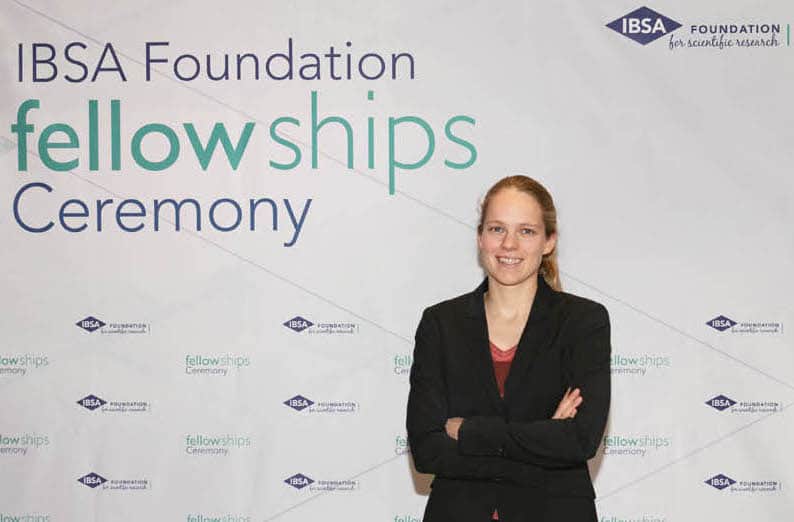
FERTILITY/UROLOGY: ANA CECILIA MESTRE
University Hospital Heidelberg – Germany
Project: Autophagy role and regulation in human endometrium: fertility predictions from a highly-conserved degradation process
The malfunctioning of the endometrium does not only have a negative impact on the beginning and progression of pregnancy, but also leads to the development of various gynaecological disorders that can affect women’s health and wellbeing. Despite this, the study of uterine physiopathology has been widely neglected. It has been discovered that autophagy (an intracellular degradation pathway) is also active in endometrial cells, but its role remains unknown. We therefore aim to characterize the autophagy process in human endometrium, to describe how it modulates itself and what role it plays during the progression of the menstrual cycle and in the preparation of the endometrium for its encounter with the embryo that is to be implanted. The expected results ought to lead to a new field of study in endometrial physiology and will facilitate the selection of new therapeutic targets for the treatment of endometrium pathologies.
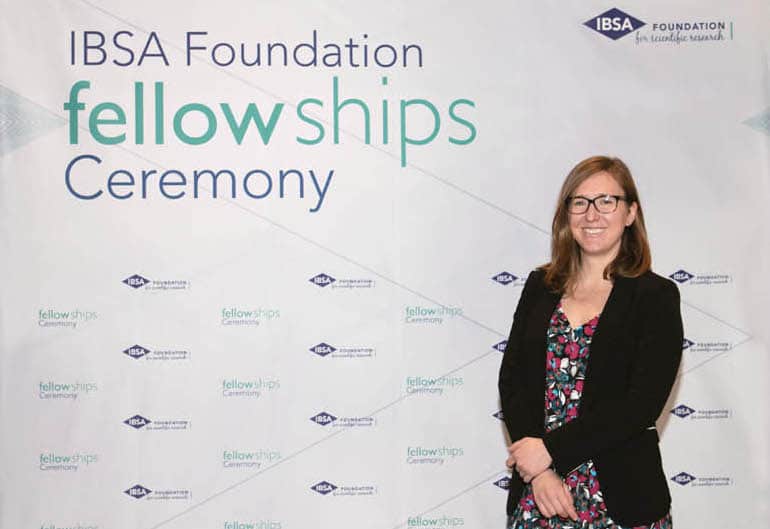
PAIN MEDICINE/ORTHOPEDICS/RHEUMATOLOGY: VINKO PALADA
Karolinska Instituet, Stockholm – Sweden
Project: Role of circular RNA in the development of chronic pain caused by arthritis
The persistence of post-inflammatory pain considerably afflicts patients suffering from rheumatoid arthritis and current pain-relief therapies fail to provide adequate pain relief. The mechanisms that lead to chronic pain in rheumatoid arthritis are still to be explored: to date there is no data available on the functional roles of circular RNA in the regulation of physical or pathological pain. This is therefore an area of research that is completely unexplored. To demonstrate a functional role of circular RNA in the development of persistent pain from arthritis could provide new data on pain regulation, contributing to the identification of new intervention points to alleviate it. And not only for rheumatoid arthritis, but also for different kinds of pain caused by other illnesses.
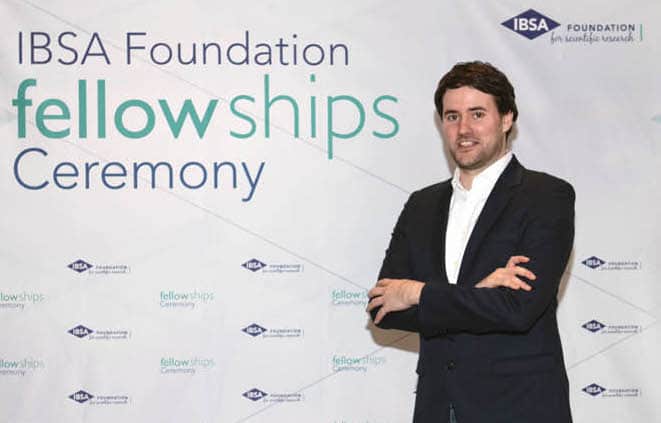
Video
Photos
